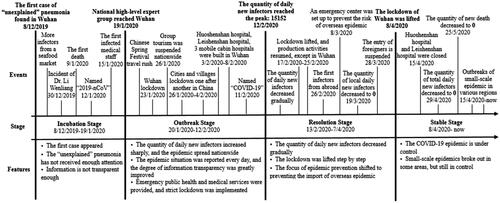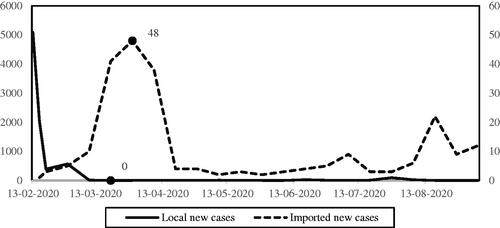Figures & data
Figure 2. New cases and cumulative confirmed cases on a daily basis. Note. The left y-axis is related to the cumulative confirmed cases, while the right y-axis is related to the new case.

Figure 4. Cumulative death and cured cases. Note. There’s a statistical error about the quantity of cumulative death before 16 April 2020. But this error has been revised at 16 April 2020, hence the line of cumulative death looks weird.
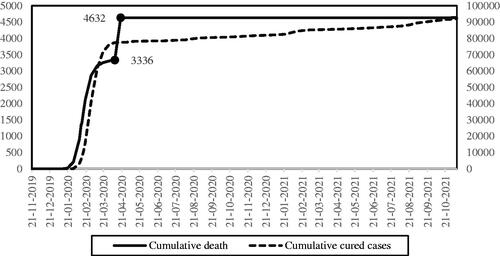
Table 1. An incomplete statistic of small-scale epidemic in some areas of China.
Table 2. Classification and features of policy tools in COVID-19 epidemic.
Figure 5. The relationship about the different definitions of public health expenditure. Note. A indicates the national health spending, B indicates government health spending, C indicates the narrow-caliber public health expenditure, D indicates the medical service expenditure, and C + D indicates the wide-caliber public health expenditure.
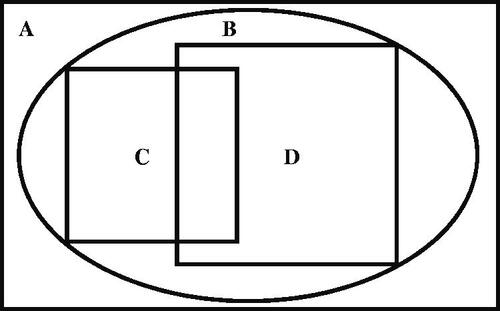
Figure 6. The content of different definitions of public health expenditure. Note. The implications of A, B, C, and D in this figure are consistent with those in .
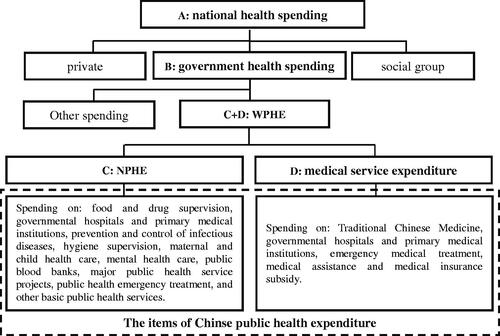
Table 3. Chinese public-health expenditure at national level from 2016–2020.
Figure 7. The combination of policy tools in different stages. Note. In fact, there was no policy on epidemic governance at the central government level before 20 January 2020 (namely in incubation stage). At this time, there are only some policies issued by Wuhan municipal government, which are not within the scope of this paper.
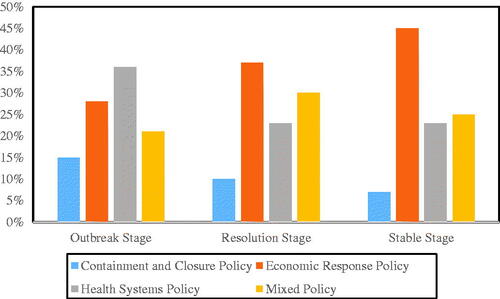
Appendix Table A.1. Some cases of policy text coding.

